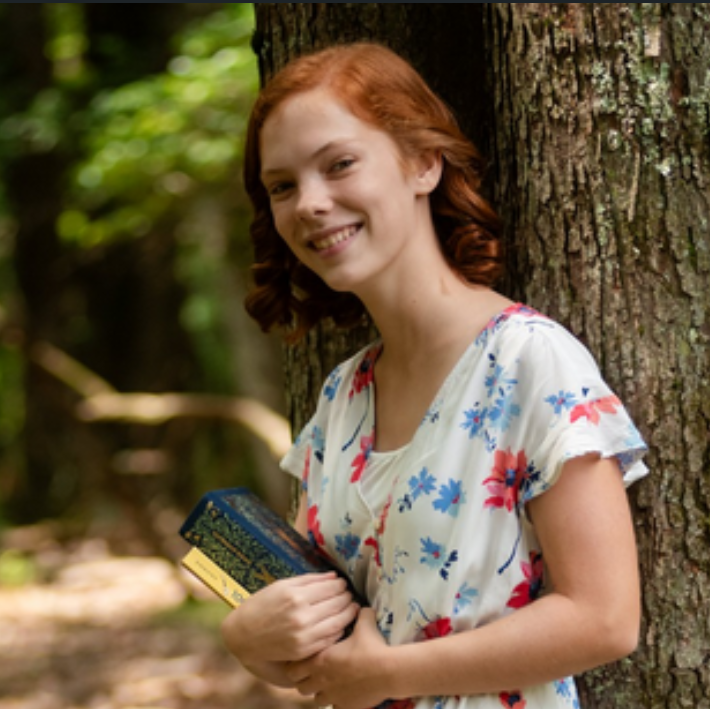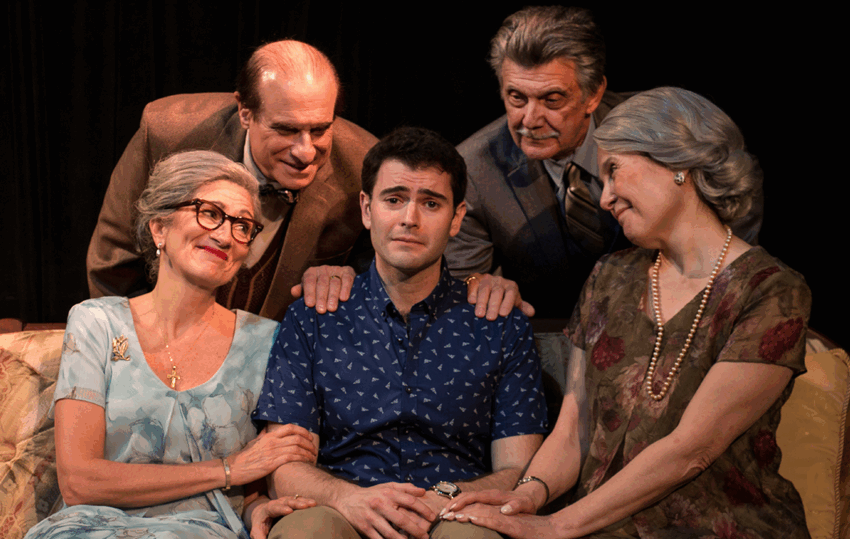Most writers know how themes work: our protagonist rejects a specific truth or message because of their fatal flaw, spends the entire book fighting against accepting it, and is finally forced to confront their flaw just before the climax in a painful but ultimately transforming experience known as their Epiphany. Accepting the truth whole heartedly, they emerge victorious and charge into the final battle armed with the message they once rejected.
We see this pattern repeated over and over in fiction: Harry discovers love is stronger than evil. Rumi realizes that her past doesn’t define her. Superman sees that his greatest strength is his humanity.
And then they all charge into battle, onto glorious victory.
There’s a reason this pattern has been used, over and over again.
It’s incredibly effective. Your theme is the focal point of your entire work. The reason your book exists is so that your readers get this one, crucial truth — and hopefully a well-written story along the way.
We’ve written about how disastrous it can be when you unintentionally disturb this pattern on the blog.
But what happens when you subvert this pattern intentionally? Is there ever a time and a place for such a change? And how does it impact the rest of your work?
Here to answer that question is the 1996 play Over the River and Through the Woods.
Over the River and Through the Woods
For the last 29 years of his life, Nick has grown up, gone to college, and worked in one place — a small town in New Jersey where the rest of his family was raised. His grandparents arrived there as immigrants, settled down, got married, and raised a family who (for the most part) repeated that pattern. That is, until his parents and sister moved away for health reasons.
Now, Nick is the only one who keeps up the family tradition of visiting his grandparents weekly for Sunday dinner. Sure, they’re overbearing, opinionated, and loud, but they have good hearts and only want what is best for their family.
But everything changes when Nick is offered a promotion that would send him to the other side of the country. It’s what he’s worked and hoped for, and it would give him an incredible opportunity to see a side of the world he’s never been able to before.
But it would mean leaving his grandparents behind.
So they decide to give Nick a reason to stay — namely, a girl named Caitlyn. Against his will, Nick finds himself on a blind date with a girl he’s never even heard of with all four of his grandparents in tow. But despite his better judgment, he finds himself admiring her wit and kindness. Plus, she helps him see how valuable family is, and just how much he would be giving up if he decided to leave them all for a promotion.
Now Nick is truly conflicted. He’s beginning to realize that what seemed like an easy choice is going to cost him. And he might be willing to pay that cost, but he’s not sure it will be worth it in the end.
Writing Complex Themes
The questions this play tackles are not easy ones. When should you give up family ties to pursue personal dreams? How can different generations find common ground despite vastly different perspectives and values? And what should you sacrifice for your family?
With questions like these, the play could have easily included a massive cast, multiple plotlines, and half a dozen conflicts to answer that question in full. Many stories need that sort of scope to answer questions like these with heart and nuance. But instead, the entire cast is six characters, there’s only one main conflict, and it’s fairly short for a theatre production. It approaches a complicated theme with a very simple story.
The reason this works is because although the plot itself is simple, the way they handle the theme is not. For the sake of the story, I won’t spoil Nick’s choice or exactly how he feels about it in the end, only that he makes a sacrifice to do what he thinks is right and it doesn’t turn out how he imagined.
The ending is messy. There isn’t a clear juxtaposition between what was right and wrong. Instead, Nick makes a choice, and it comes with both benefits and consequences.
And that’s the story’s point.
The writers weren’t trying to preach at you when you should cut family ties or sacrifice your dreams. They were just trying to explore what those ideas look like in a realistic setting. The simple plot left them with a raw conclusion — beautiful and resolved, but with a bittersweet melancholy that these kinds of real-life choices often leave in their wake.
And in some ways, this is much more realistic. The kind of big choices we have to make in life often have little to do with clear right and wrong, or pressure to do evil when we know what the right thing to do is. Instead, they come with a complicated mix of benefits and drawbacks that can be difficult to navigate and often leave us with regrets, even if we think we made a good choice based on the information we had at the time.
When you’re writing a complicated theme with multiple answers and lacking a clear, universal distinction between a right choice and the wrong one, this kind of resolution can be immensely beneficial. It comes with an extra layer of realism that can be missing with more simplistic conclusions. That realism draws readers in and forces them to wrestle with the questions your story asks because it hits so close to home. Over the River and Through the Woods leaves the audience asking if they would have made the same decision as Nick and how their own perspective factors into their values.
I love the classic story setup, with a clear line between right and wrong and a protagonist forced to make the right decision in spite of the cost and their own flaws. But there are certain themes that are better served with a different kind of climax. Over the River and Through the Woods is one of them.
Themes like love being stronger than evil, our past not defining us, or humanity being our greatest strength are straightforward. They’re clear and don’t need much nuance to hit with impact. They’re the sort of implicit truths we find everywhere we turn in life, and so seeing those truths reflected in our stories is both refreshing and validating.
But other themes are messier. They explore concepts that are highly situational, often multilayered, and rarely end with a satisfying, obvious solution. Writing these themes off as easy to solve diminishes the complexity of these ideas. We can’t just write off Nick’s dilemma as “Sacrifice everything for your family!” or “Never give up on your dreams!” His situation is complicated and won’t be solved by a basic answer.
Some writers solve this issue by looking at a theme through multiple perspectives and conflicts. Each character approaches the same issue from a slightly different standpoint, understands the conflict in different ways, and ultimately reaches different resolutions to show the full scope of the nuance and complexity of these ideas.
But not all writers have the time, the bandwidth, or the kind of setting that can support a multi-POV, complicated story. Most stories are simpler, with a tighter cast, a smaller scope, and a single, unified conflict. Those kinds of stories are more than able to support a more complicated theme. And that ability comes from how you write your ending.
So if you’re staring down one of these stories, don’t feel boxed into writing a simplistic ending. While that works wonders for clearcut, straightforward themes, complex ideas will often be best served by a complicated, messy ending. Don’t run from the nuance or hide it behind a speech the protagonist delivers to show how everything worked out in the end. Let your readers sit in the resolution, with its jagged edges and open-ended questions, even as the story itself comes to a close. Allow them to ask themselves what they would do in your characters’ position, and if they’ve simplified the ideas you’re exploring. Offer an answer, a resolution, but don’t minimize the complexity that comes with it.



Let us know:
Have you noticed writers using this technique in other stories?


Hi! My name is Mara, and I’m a Christian artist, violinist, and blogger. I remember the day that I decided that I would learn something new about what makes a good story from every book I picked up — whether it was good, bad, or a mixture of both. I use this blog as a way of sharing some of the tips and tricks I’ve learned, and highlight which books, cartoons, and movies have taught me the most about writing an awesome story.

